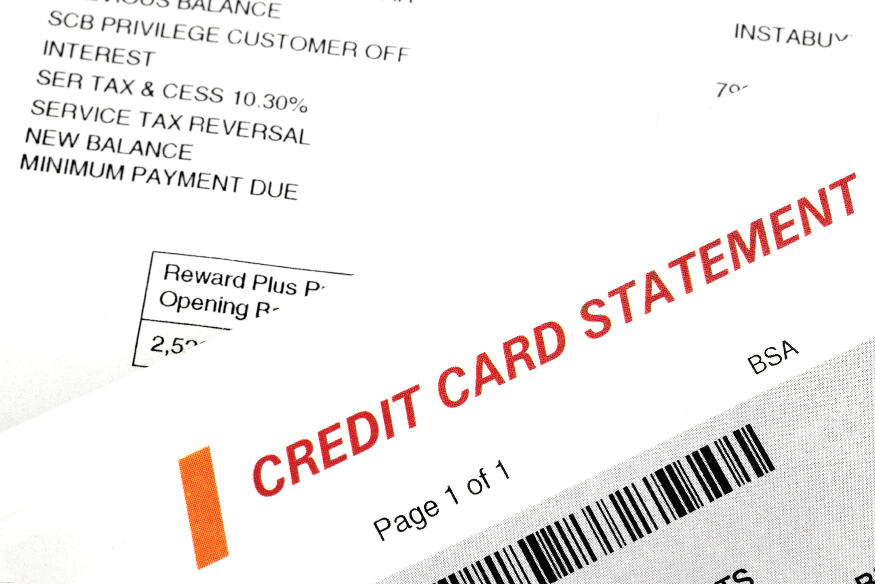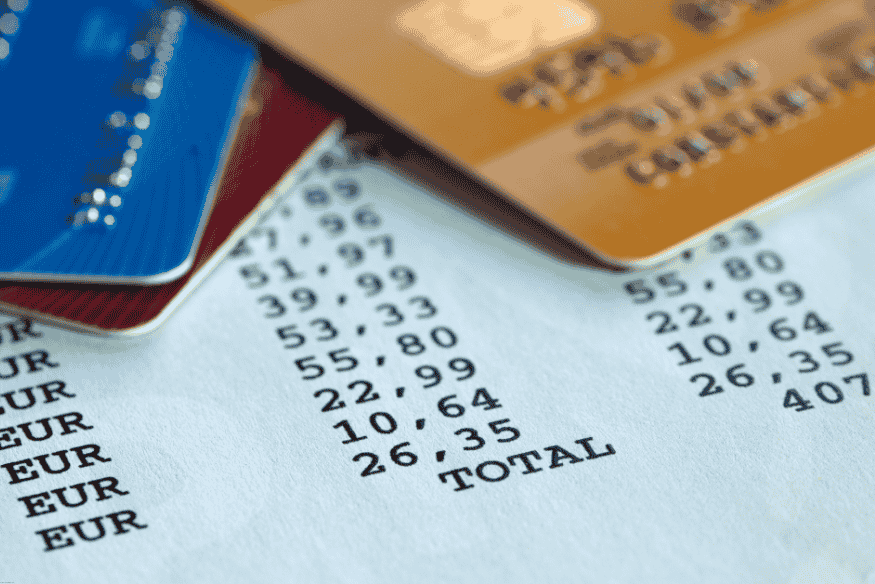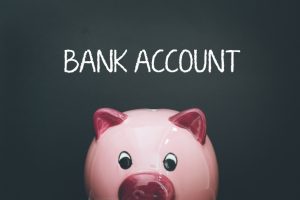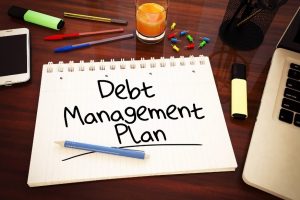Getting your credit card statement can feel overwhelming if you don’t know what it means. But, it’s key to managing your money well.
It’s important to understand your statement. This helps you keep track of your spending, spot mistakes, and pay on time. Knowing how to read your credit card statement lets you handle your finances better.
This article will show you how to make sense of your statement. You’ll learn to make smart choices about your money.
Key Takeaways
- Understand the importance of reviewing your credit card statement.
- Learn how to identify key information on your statement.
- Discover how to track your transactions and detect potential errors.
- Find out how to make timely payments and avoid late fees.
- Take control of your financial health by understanding your statement.
The Importance of Reviewing Your Credit Card Statement
Checking your credit card statement is a smart move for managing money and keeping your identity safe. It helps you keep track of your spending, spot fraud, and make smart money choices.
Financial Control and Budgeting Benefits
Looking at your credit card statement regularly helps you see where your money goes. It’s key for making a budget that works.
Tracking Spending Patterns
By checking your statement, you can sort your expenses and see where your cash is spent. This lets you adjust your spending.
Identifying Budget Leaks
Your credit card statement can show you where you’re spending too much or on things you don’t need. Finding these “budget leaks” can save you money.
Fraud Detection and Security
One big reason to check your credit card statement is to catch fraud early. This includes unauthorized charges that might mean someone’s stolen your identity.
Early Warning Signs of Identity Theft
Regular checks can alert you to odd transactions. If you see something fishy, tell your bank right away.
Finnish Consumer Protection Laws
Finland has strong laws to protect against financial scams. Knowing these laws can give you more security and help if there’s a problem.
| Benefits | Description |
|---|---|
| Financial Control | Track spending patterns and make informed financial decisions |
| Fraud Detection | Identify unauthorized transactions and potential identity theft |
| Budgeting | Identify budget leaks and optimize your financial resources |
Anatomy of a Credit Card Statement: Basic Components
Your credit card statement is more than just a piece of paper or a digital document. It’s a detailed summary of your financial activity. Knowing the different parts of your statement can help you manage your credit better.
Account Information Section
The account information section gives you an overview of your credit card account. It includes important details you need to know for managing your credit.
Personal Details and Account Numbers
This part has your personal details, like your name and address, and your account number and credit limit. It’s crucial to ensure this information is accurate for security and billing.
Customer Service Contacts
You’ll also find contact information for customer service. This can be useful if you have questions or concerns about your account. Keep this information handy for quick reference.
Payment Information Summary
The payment information summary outlines your account’s current state. It shows payments and outstanding balances.
Balance Overview
This section shows your current balance. It includes new charges and payments made during the billing cycle. It’s essential for understanding how much you owe.
Payment Options
Your statement details the minimum payment due, the payment due date, and payment options. You can pay online, by mail, or by phone.
Transaction Details
The transaction details section lists all transactions made during the billing cycle. It gives a clear picture of your spending.
Purchase Categories
Transactions are categorized by type, such as purchases, cash advances, or balance transfers. This helps you track your spending habits.
Authorization Codes
Each transaction has an authorization code. This code can be useful for verifying transactions or disputing charges.
Understanding Your Account Summary

Knowing your credit card statement is crucial for managing money. The account summary shows how you’ve used your card in the last cycle.
Previous Balance and Payments
Your previous balance and payments are key. The balance shows what you owed last time. Payments are what you’ve paid back.
Payment History Impact
Your payment history affects your credit score a lot. Making timely payments can boost your score. But, late or missed payments can hurt it. Check your payment history to make sure it’s right.
New Charges and Credits
The summary also lists new charges and credits. New charges are things like purchases and fees. Credits are refunds or payments you’ve made.
Differentiating Between Transaction Types
It’s important to know the difference between transactions. For example, cash advances have higher fees than regular purchases. Knowing this helps you use your card wisely.
Fees and Interest Charges
This section also covers fees and interest. Fees can be for late payments or foreign transactions. Interest is charged if you don’t pay off your balance fully.
Finnish Banking Fee Structures
In Finland, credit card fees vary a lot. Some cards have 0% interest rates for a while. Others charge more. Knowing your card’s fees helps you use it better.
How to Read Your Credit Card Statement Transaction Details
It’s important to understand your credit card statement. This section explains all charges, payments, credits, and more. It helps you manage your money better.
Merchant Information
Your statement lists each merchant you’ve dealt with. It shows their name and sometimes a brief description. This helps you spot real transactions and fraud.
Identifying Unfamiliar Merchants
If you see a merchant you don’t know, check it out. Look at your receipts or online banking. If it’s not legit, it might be fraud.
Transaction Dates vs. Posting Dates
Your statement shows two dates for each transaction. The transaction date is when you bought something. The posting date is when your credit card issuer processed it.
Why Timing Differences Occur
There are reasons for the date differences. It could be the merchant’s processing time or your issuer’s schedule. Knowing this helps you understand your statement better.
Foreign Transaction Indicators
For foreign transactions, your statement might show special details. This includes the currency conversion rate used.
Currency Conversion Rates in Finland
When you buy something in another currency, your issuer uses a conversion rate. This rate might include a markup. It’s key to know how it affects your costs.
EU Transaction Regulations
EU transactions are usually simple. But, it’s good to know the rules about cross-border deals. This includes currency conversion and fees.
Making Sense of Fees and Interest Calculations
It’s key to know about fees and interest on your credit card for good money management. Your credit card statement has all the details, but it can be hard to understand.
Annual Percentage Rate (APR) Explained
The Annual Percentage Rate (APR) is the interest rate on your credit card if you don’t pay it off fully. It’s important to know that APR changes based on the type of transaction, like purchases or balance transfers.
Finnish Interest Rate Regulations
In Finland, laws protect consumers by setting limits on credit card interest rates. APR can change over time due to market conditions.
Common Fee Types
Credit card companies charge different fees that can increase your debt. Some common fees include:
- Late payment penalties
- Cash advance charges
- Foreign transaction fees
Late Payment Penalties
Late payment penalties are fees for missing your payment due date. These fees can be high, so it’s important to pay on time.
Cash Advance Charges
Cash advance charges happen when you use your credit card to get cash. These charges often have a higher interest rate and a fee for the withdrawal.
How Interest is Calculated
Interest on your credit card is based on your outstanding balance. There are two main ways it’s calculated:
Daily Balance Method
The daily balance method calculates interest daily based on your current balance. This can lead to compounding interest, where interest is charged on interest.
Average Daily Balance Method
The average daily balance method calculates interest based on your average balance over the billing cycle. This method is more predictable but still charges interest if you don’t pay in full.
Understanding fees and interest helps you manage your credit card better and avoid extra charges. Always check your credit card statement and make smart financial choices.
Minimum Payment Warnings and Long-term Cost Implications

Making only the minimum payment on your credit card can be costly. It can lead to a long repayment period and more interest paid. It’s important to understand these implications.
Understanding the Minimum Payment Trap
The minimum payment trap happens when you only pay the minimum. This extends your repayment time and increases interest. Knowing your repayment timeline is key.
Repayment Timeline Calculations
Credit card issuers show a repayment timeline on your statement. For example, a €1,000 balance with a 20% APR and a €25 minimum payment could take over 5 years. This costs you a lot in interest.
Calculating Total Interest Costs
Understanding total interest costs is crucial. It depends on your credit card’s APR, balance, and repayment period. Use a credit card calculator or talk to your bank to see the total cost.
Finnish Consumer Credit Regulations
In Finland, there are rules to protect consumers from unfair lending. These rules require lenders to clearly state terms and conditions, including interest and repayment times.
Debt Management Resources
If you’re struggling with credit card debt, help is available. Debt counseling and financial advisors in Finland can assist. They can help you manage your debt and create a plan to be debt-free.
| Balance | APR | Minimum Payment | Repayment Period | Total Interest Paid |
|---|---|---|---|---|
| €1,000 | 20% | €25 | 5 years | €642 |
| €2,000 | 22% | €50 | 7 years | €1,814 |
Credit Card Rewards and Points Summary
Your credit card statement is more than just a record of transactions. It also shows your rewards earnings. For cards with rewards programs, it lists how many points you’ve earned and used.
How to Track Rewards Earnings
To get the most out of your rewards, track how they’re earned and recorded. Look at your statement for a summary of your rewards activity. This helps you keep an eye on your rewards earnings.
Popular Finnish Reward Programs
Finnish credit card users have many reward programs to choose from. Nordea’s Reward Program and Danske Bank’s Bonus are popular. They offer various ways to use your points.
Redemption Options and Values
Knowing your redemption options is crucial for maximizing your rewards. Check your statement or your bank’s website for details. This will help you redeem your points wisely.
Maximizing Points Value
To get the most from your points, consider using them for travel or merchandise. Some programs, like Nordea’s, give better rates for certain items. This boosts your credit card rewards.
Expiration Policies
Remember, rewards points can expire. Check your card’s terms or contact your bank to find out the details. This way, you won’t lose your points.
Important Dates on Your Credit Card Statement
Your credit card statement has key dates you should know. These dates help you manage your card well and make smart money choices.
Statement Closing Date
The statement closing date ends your billing cycle. It’s when your issuer figures out your balance and sends your statement.
Billing Cycle Patterns
Most cycles last a month, but it can change. Knowing your cycle helps you track your statement and payment due dates.
Payment Due Date
The payment due date is when you must pay to avoid extra fees. It’s a few weeks after the closing date.
Finnish Banking Processing Times
In Finland, banking times can impact when your payment goes through. Pay early to cover processing delays.
Grace Period Explanation
The grace period is from the closing date to the due date. You can pay in full without interest during this time.
Interest-Free Period Strategies
To use the grace period wisely, pay your balance before the due date. This way, you avoid interest and get the most from your card’s free period.
Digital Tools for Managing Your Credit Card Statement in Finland
Finnish banks offer digital tools to manage your credit card statements. These tools help track expenses and send alerts. This keeps your finances organized.
Bank-Specific Mobile Apps
Most Finnish banks have mobile apps. You can view statements, track transactions, and get notifications. Top apps include those from Nordea, Danske Bank, and OP.
Top Finnish Banking Apps
- Nordea Mobile Banking
- Danske Bank Mobile
- OP Mobile Banking
Security Features
These apps have security features like two-factor authentication. They also use biometric login to protect your data.
Third-Party Financial Management Tools
You can also use third-party financial management tools with Finnish banks. These tools help with budgeting and tracking expenses.
Finnish-Compatible Budgeting Software
| Software | Key Features |
|---|---|
| Mint | Budgeting, Bill Tracking |
| YNAB (You Need a Budget) | Expense Tracking, Savings Goals |
Setting Up Alerts and Notifications
To monitor your credit card activity, set up spending alerts. This alerts you to any unusual transactions.
Customizing Spending Alerts
You can customize alerts. They can notify you of transactions over a certain amount or in foreign currencies.
For more info on managing your credit card statements, check out credit card statement analysis tools.
Spotting and Disputing Errors on Your Credit Card Statement

Checking your credit card statement carefully is the first step to ensure your financial records are correct. Mistakes can happen, and catching them early helps you avoid extra costs. It also keeps your finances in order.
Common Statement Errors
Credit card statements can have many types of mistakes, from small errors to big frauds. Knowing these common mistakes helps you spot them quickly.
Duplicate Charges
Duplicate charges happen when you’re billed twice for the same thing. This can be due to the merchant’s mistake or a technical issue.
Incorrect Amounts
Incorrect amounts mean charges that are not right, like being billed the wrong price for something.
The Dispute Process in Finland
If you find an error on your statement, knowing how to dispute it is key. In Finland, there are rules to protect you when you challenge credit card charges.
Legal Timeframes for the Disputes
Finnish law sets time limits for disputing charges. Knowing these limits is important to make sure your dispute is handled correctly.
Consumer Rights
In Finland, you have laws that protect you when you dispute errors on your credit card statement. These laws are there to safeguard your rights.
Documentation Requirements
When you dispute errors, having the right documents is crucial. Keep detailed records of your transactions and any letters you send to your credit card company.
Record-Keeping Best Practices
Keeping your credit card records organized, including receipts and statements, helps a lot when you dispute charges.
Sample Dispute Letters
Having a sample dispute letter can help you write your own. Make sure it has all the important details like the date, amount, and why you’re disputing it.
Conclusion: Taking Control of Your Credit Card Finances
Understanding and managing your credit card statement is crucial for your financial health. By regularly reviewing your statement, you can keep track of your spending. You can also spot errors or fraud and make smart financial choices.
Managing your credit card finances well means more than just paying on time. It’s about understanding the fees, interest, and rewards of your card. This knowledge helps you make better financial decisions.
By following the steps in this article, you can better understand your finances. Whether you use a bank app or a third-party tool, managing your finances is easier than before. Stay informed and in control of your credit card finances.
Start taking charge of your financial health today. Make reviewing your credit card statement a regular habit.









